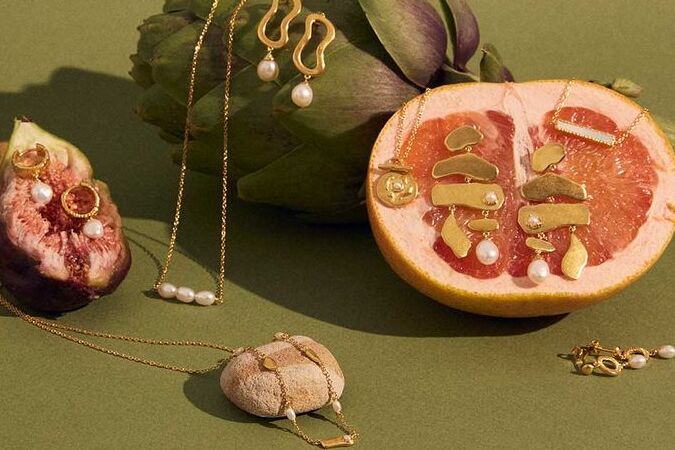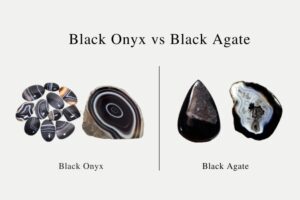Time and time again, many customers have fallen prey to dishonest manufacturers who sell low-quality gold plated jewelry. Within a short time, the jewelry fades and tarnishes, resulting in regret.
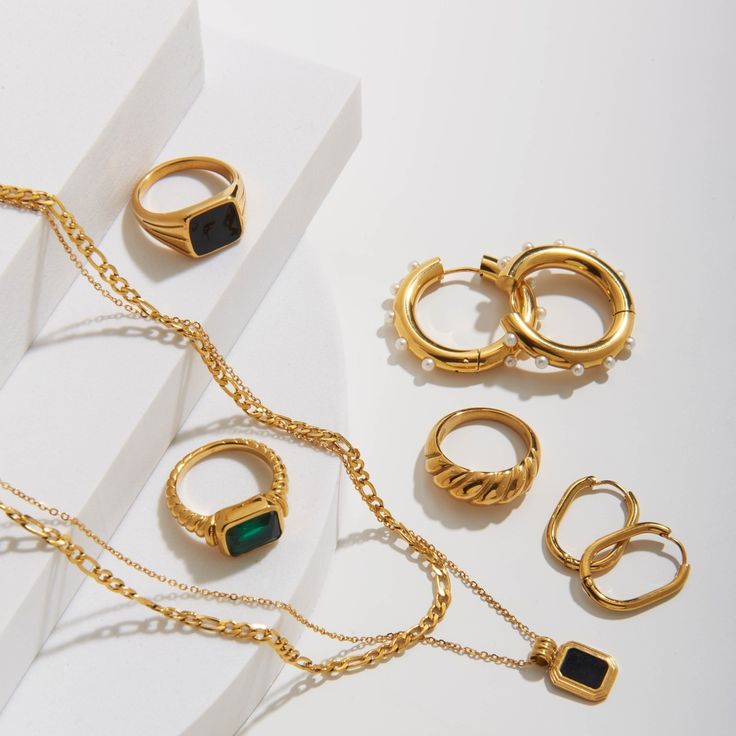
Source: Pinterest
Enough of the dishonesty! In this blog, we will reveal numerous insider information on gold plated jewelry that manufacturers won’t tell you. With these revelations, you will be able to make informed decisions before buying.
Gold Plating Thickness: Meeting Standards or Cutting Corners
Standard Thickness Levels
- Gold Plating: The common thickness most fashion jewelry brands apply is 0.05 microns, which is prone to fading over time, particularly when frequently used.
- Gold Vermeil: Gold vermeil jewelry is always made with a sterling silver base and coated with at least 2.5 microns of gold.
- Gold Filled: Gold filled jewelry has a much thicker layer of gold, usually constituting about 5% of the jewelry’s total weight.
- Solid Gold: This is entirely made of gold; doesn’t involve coating of a base metal with a gold layer.
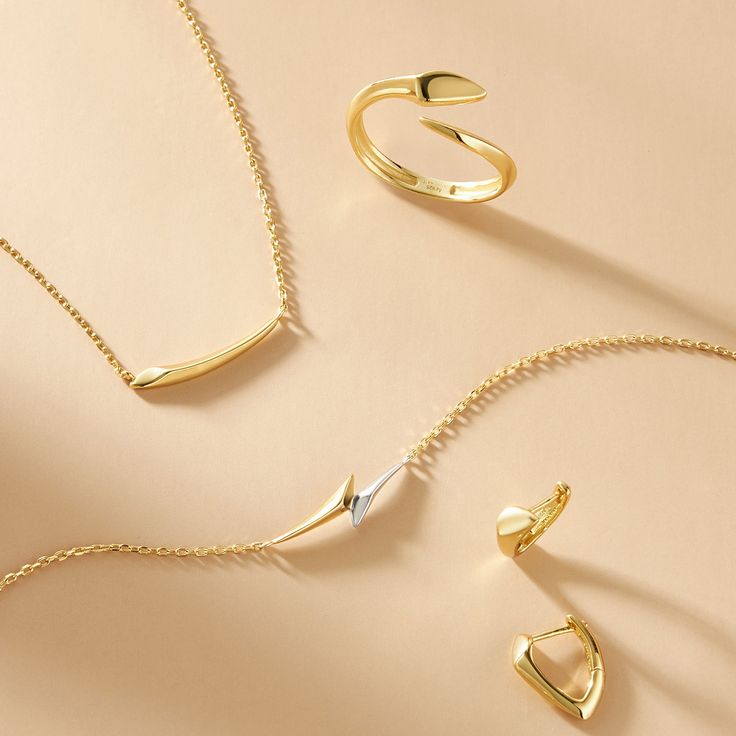
Common Issues with Some Manufacturers
- Some manufacturers take advantage of the fact that many customers don’t test the jewelry thickness level, thereby they fail to meet the corresponding standard required. For example, 0.5 microns can be used, yet the jewelry will be sold by gold vermeil manufacturers.
- Other times, a manufacturer can say the plating thickness is 1 microns, whereas 0.5 microns was used. The difference between both microns are quite unnoticeable, as they are very thin. They can’t be realized unless tested.
Pro Tips:
- Don’t be misled by the stamp on the jewelry. Some unscrupulous manufacturers put the “GF” stamp on jewelry pieces to deceive customers into paying a premium for basic gold plated jewelry.
- Always check the manufacturer’s credibility and reputation to ensure you’re receiving authentic products. This is most important when buying gold filled jewelry or gold vermeil jewelry, to avoid getting gold plated jewelry instead.
- Request for the jewelry certification and the electroplating thickness test report.
The Gold Used: Real Gold or Fake Gold
Another essential information to know is whether the gold used within the plating jewelry pieces is real or fake. Real gold ensures the jewelry has the luster, authenticity, and durability customers expect, while fake or substandard gold substitutes can result in dull finishes, faster tarnishing, and an overall lack of quality.

Common Issues with Some Manufacturers
- In some cases, some manufacturers will use fake gold in the production of gold-plated jewelry to cut costs.
Pro Tips:
To ensure you get high-quality and real gold pieces, seek a reliable and ethical jewelry manufacturer for authentic pieces that will last the test of time and maintain their beauty.
Base Metal Choices and Their Impact on Plating
Base Metals for Different Types
There are different base metals best suited for gold plated jewelry, gold vermeil jewelry, and gold filled jewelry. So, ensure that the right base metal is used for the jewelry product you’re buying.
- Gold Plated Jewelry: Usually, brass and copper are used as the base metals.
- Gold Vermeil Jewelry: Requires that only sterling silver is used as base metal.
- Gold Filled Jewelry: Brass, copper, and sterling silver can be used as base metals.
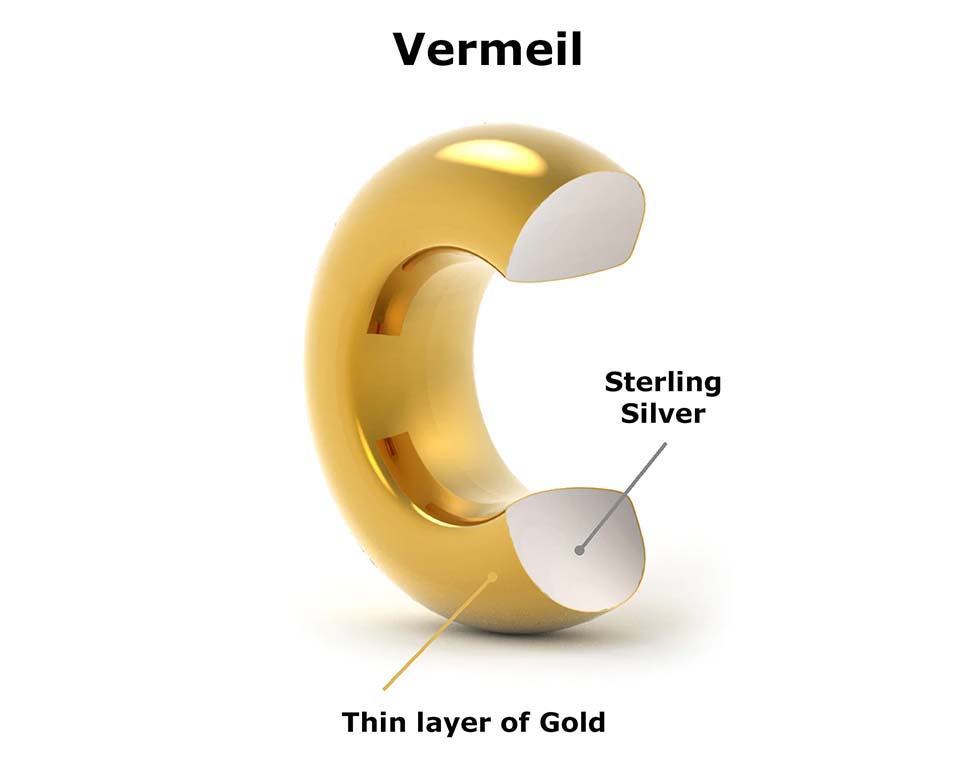
Common Issues with Some Manufacturers
- To cut costs, some manufacturers use cheap base metals and still market the jewelry as high-quality.
- Because manufacturers don’t have access to the required base metal, they end up using an unsuitable base metal. For example, using brass for gold vermeil jewelry instead of using sterling silver.
Pro Tips:
A professional electroplating test should be done to reveal the base metals used in the jewelry piece. Asking for this report will confirm if you’re purchasing genuine gold plated, gold vermeil, or gold filled jewelry.
Electroplating Thickness Test
This test is needed to guarantee that the applied gold layer meets the standard thickness level. This certifies the durability and quality of the gold layer, allowing you to know how it will hold up against regular wear.
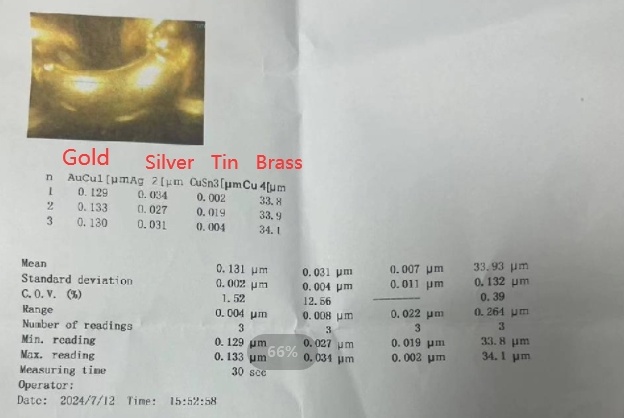
Common Issues with Some Manufacturers
- In an attempt to minimize production costs, some manufacturers don’t perform thickness tests for gold plated jewelry. As a result, the jewelry may have a thinner gold layer than what’s marketed.
- Some just take one point of the jewelry piece for thickness testing, which can impact the accuracy of the thickness results. But at Nendine, we adopt mean-value testing (testing three points randomly). We conduct multi-point testing to get a more accurate measure of the jewelry thickness.
Pro Tips:
To be certain of the electroplating thickness level, seek manufacturers who test across multiple points. This provides you with a more reliable indication of how well the jewelry will last and maintain its original beauty.
E-Coating and Palladium Layer: The Hidden Factors in Durability
E-coating and Palladium layer are two important protection measures needed to extend the lifespan of gold plated jewelry pieces and ensure they remain attractive.
E-coating, which is also known as “electro-coating,” is a clear protective layer added over the gold plating to shield the jewelry from moisture, oxidation, and daily wear. Palladium, on the other hand, is a precious metal. It’s often applied as an extra layer beneath the gold plating to improve the jewelry’s hardness and wear resistance, which greatly impacts how long the jewelry lasts.

Common Issues with Some Manufacturers
- To cut costs and fasten production, some manufacturers skip the e-coating process. This makes the jewelry more susceptible to tarnishing and scratching.
- Overlooking adding the palladium layer reduces the overall strength and wear resistance of the gold plated jewelry. This makes the jewelry far more likely to discolor and chip over time.
Pro Tips:
For a more durable and longer-lasting gold plated jewelry, it’s best to seek manufacturers who apply both e-coating and palladium layers to improve the jewelry quality.
Quality Control Standards
Effective quality control in jewelry manufacturing is required to ensure each piece meets high standards. These are the crucial control standards that must be adhered to:
- Uniform Plating: Ensures a consistent gold plating thickness across the entire jewelry. This prevents weak spots that can wear out quickly, which is essential for longevity.
- Color Consistency: Maintaining the same gold color and tone across all the parts of the jewelry is key to aesthetic appeal. This is because differences in the color tone can make the jewelry appear to be low-quality or mismatched.
- Adhesion Strength: This jewelry quality control test confirms that the gold plated layer bonds well with the base metal. This is to make sure the gold layer doesn’t flake or peel off easily.
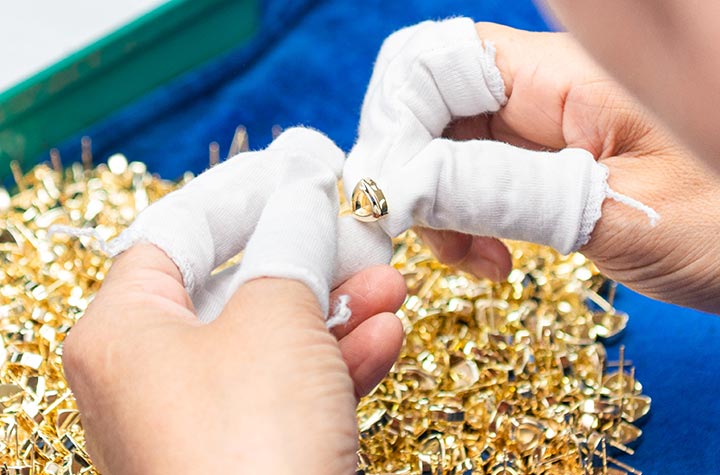
Common Issues with Some Manufacturers
- Some manufacturers don’t perform the electroplating thickness test, which means the actual thickness of the gold layer is unverified. Thus, customers are misled about the jewelry’s durability.
- Without the required jewelry quality control, manufacturers end up producing pieces with uneven coverage and color irregularities.
Pro Tips:
Look for manufacturers who enforce rigid quality standards through the jewelry manufacturing process. This includes verifying for uniform plating thickness, color consistency, and adhesion strength.
FAQs
Is gold plated, gold vermeil, and gold filled jewelry, real gold?
Yes, gold plated, gold vermeil, and gold filled jewelry are real gold. But they don’t entirely constitute gold; they are alloyed with other metals for extra strength.
How to tell if gold jewelry is real gold?
Real gold jewelry will generally have a hallmark or stamp that indicates its karat, whether 10K, 14K, 18K or 24K. Also, you can conduct various tests to confirm, such as the acid test, magnet test, density test, or consult a professional jeweler.
How to identify gold plated jewelry?
Gold plated jewelry typically have markings like “GP” or “GE” (but not always), which stands for Gold Plated or Gold Electroplated.
Is gold filled jewelry always marked?
Normally gold filled jewelry have marks. But it’s not legally required, so you might find some that don’t have the “1/20” or “GF” mark.
How to tell if jewelry is gold filled?
Gold filled jewelry typically have hallmarks or stamps like “1/20” or “GF” to indicate that 5% of the jewelry’s total weight is gold. However, since the hallmark is not always required, the electroplating thickness test is another way to tell whether it meets the requirement of gold filled.
Key Takeaway
High-quality gold plated jewelry can easily be identified among counterfeits only if you know the things to look out for. By checking for the various truths revealed in this post, you will professionally make an informed decision about which piece is real and which is fake. But most importantly, you should prioritize buying from a sustainable and ethical jewelry manufacturer for authentic pieces that will last the test of time and maintain their beauty.
